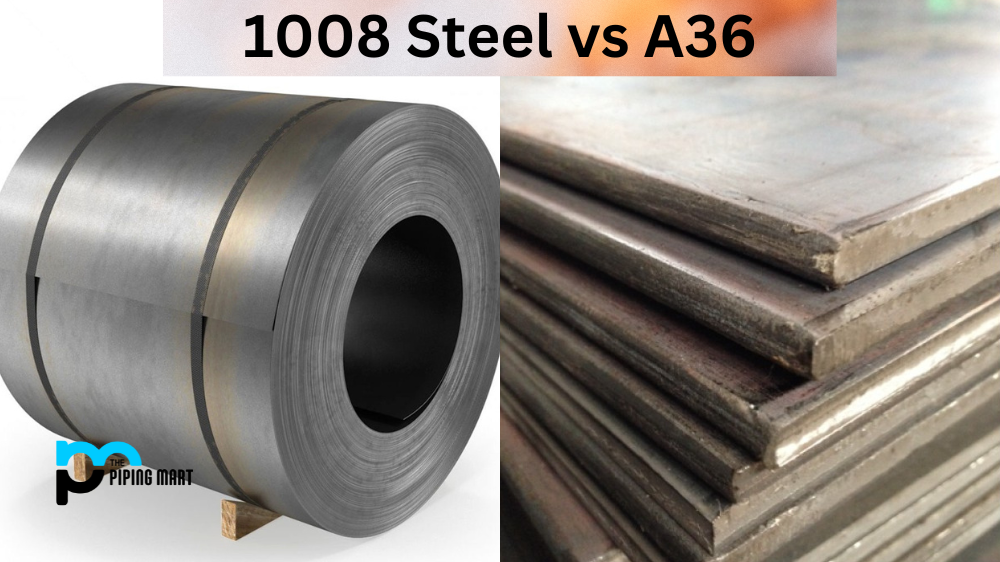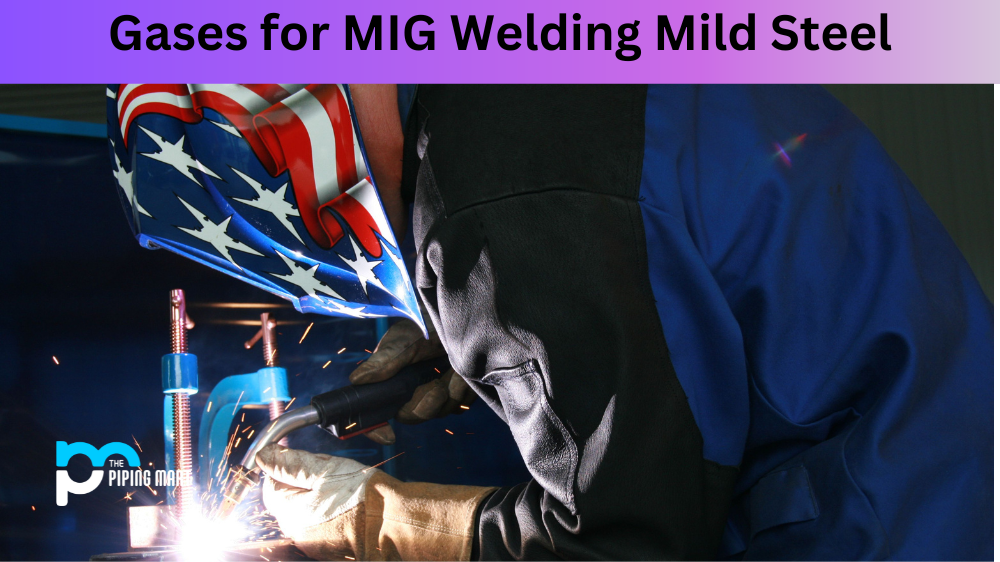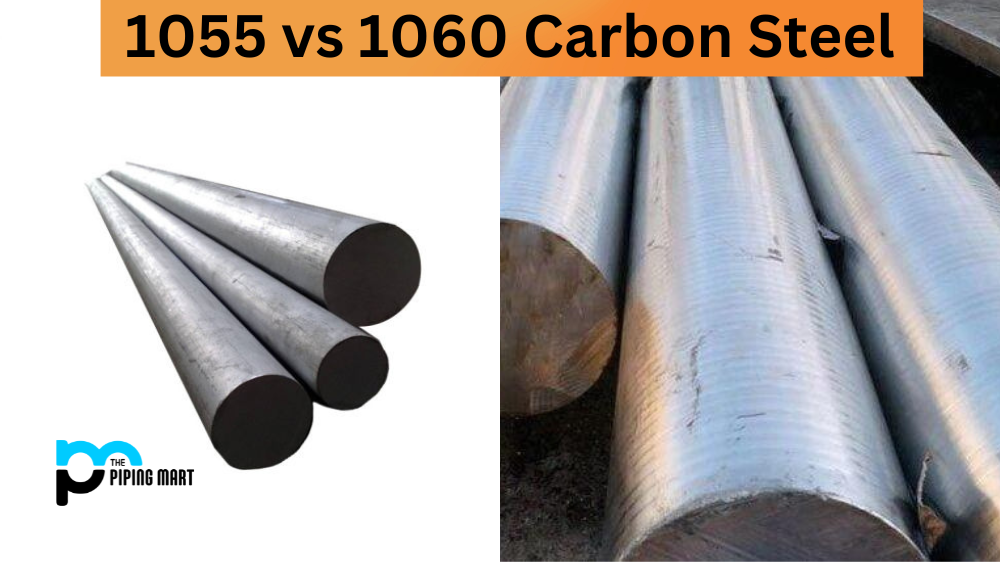In the construction and metalworking world, many materials are available for use. Two such materials are 1040 steel and A36 steel, commonly used for various applications. But which one of these two is better than the other? In this blog post, we will take a closer look at the properties of both 1040 steel and A36 steel and try to determine which is superior.
What is 1040 Steel?
1040 steel is a medium-carbon steel commonly used for forging, machining, and heat treatment. It has a carbon content of 0.40%, which is considered medium-high. The metal has good tensile strength and is known to withstand stress and shock without breaking. It is also ideal for use in applications that require good wear resistance.
What is A36 Steel?
A36 steel is a low-carbon steel commonly used in structural applications, such as building frames, bridges, and machinery parts. It has a carbon content of 0.25%, which is considered low. The metal has good tensile strength, is easily machinable, and is ideal for welding. It is also known for its ability to withstand high temperatures without breaking down.
Difference Between 1040 Steel and A36
Advantages and Disadvantages of 1040 Steel
One of the main advantages of 1040 steel is its high carbon content, which gives it good wear resistance and strength. However, this also makes welding more difficult, disadvantaging certain applications. The high carbon content can also lead to brittleness in the metal, which can cause it to crack under high stress.
Advantages and Disadvantages of A36 Steel
A36 steel is known for its low carbon content, which makes it very easy to weld and machine. It also has good ductility and is ideal for use in structural applications. However, the low carbon content also means it has lower strength and wear resistance than 1040 steel. It is also not recommended for use in high-temperature applications.
Which One is Better?
1040 and A36 steel have unique properties that make them suitable for different applications. If you need a metal that can withstand stress and has good wear resistance, then 1040 steel may be the better choice. However, if you require a metal that is easy to weld and machine and is suitable for structural applications, then A36 steel may be the better option.
Conclusion
In conclusion, whether 1040 steel or A36 steel is better depends on the specific application and the properties required of the metal. Both metals have their strengths and weaknesses, and it is important to consider them carefully before deciding. By understanding the different properties of each metal, you can make an informed decision and choose the one that is best suited for your needs.

Abhishek is a seasoned blogger and industry expert, sharing his insights and knowledge on various topics. With his research, Abhishek offers valuable insights and tips for professionals and enthusiasts. Follow him for expert advice on the latest trends and developments in the metal industry.




